5 Telltale Signs to Watch Before Property Prices Move In Singapore

Get The Property Insights Serious Buyers Read First: Join 50,000+ readers who rely on our weekly breakdowns of Singapore’s property market.
A seasoned content strategist with over 17 years in the real estate and financial journalism sectors, Ryan has built a reputation for transforming complex industry jargon into accessible knowledge. With a track record of writing and editing for leading financial platforms and publications, Ryan's expertise has been recognised across various media outlets. His role as a former content editor for 99.co and a co-host for CNA 938's Open House programme underscores his commitment to providing valuable insights into the property market.
We’ve lost count of the times sellers have asked if they should take an offer or “if it’s too early,” or buyers asking “if I wait, will the price go up or down?” As most realtors can attest, this is one of the most common questions encountered, to the point where many have prepared responses long before even the first meeting. While there’s no guaranteed method to detect a turning point, there are some observable phenomena. Here are the main ones to watch for:
1. A new launch is reaching the 12-month mark
As a general rule of thumb, new launches tend to see prices rise after the first year, and it can be surprising how fast the price surges afterwards (of course, with the caveat that sales have been doing well). Case in point: Treasure at Tampines, and the study we did on what happened if you bought here earlier.
As the largest condo in Singapore with 2,203 units and a long sales runway, it provides a good example of when a price turning point arrives within a launch.
The project opened in March 2019 with one-bedders changing hands at roughly $1,286 psf to $1,321 psf across March to June. By December 2019 to February 2020, the same stack of one-bedders had moved up to around $1,472 to $1,482 psf, which is a rise of about 12 to 14 per cent; this was roughly nine to 11 months after the initial launch. From there, prices continued to climb, reaching $1,586 psf by September 2020.
Another example would be Clement Canopy, which we also studied here. At launch, two-bedroom units here were sold at around $1,389 to $1,392 psf. But by October 2017, barely eight months after launch, units in the same stack were transacting at $1,617 psf – a jump of roughly 16 per cent.
So if you’re looking at a new launch, and you can see that it’s nearing the 12-month mark, you may already be late – prices may already be higher. But waiting till past the first year could make it even worse, as prices can surge even more after that.
2. The same resale listing has been up for around two to three weeks

This is for resale, not new launches: while it’s not always true, listings that are two to three weeks old run the risk of going “stale.”
The highest degree of interest for a listing tends to be in the first two weeks, and often plateaus in about the third. This happens because people already searching in the area are immediately interested when a new option shows up – so this is when the most number of viewings and inquiries happen. If there’s no transaction during this initial burst, subsequent offers tend to taper off or even decline.
But here’s the sticky part: it’s not entirely good news for buyers, because there may be a good reason it didn’t get strong offers. There’s always a concern that something is wrong with the listing, which is why there’s less interest. It may be due to poor maintenance, a bad highway-facing location, heavy noise because it’s near ground level, etc.
However, sometimes it’s simply a case of the seller being unrealistic, and as the weeks draw on, they may come to terms with reality and adjust the price downward. So for that reason alone, don’t be too put off by old listings as a buyer. You can sometimes get lucky and come in just as a seller shifts to a more reasonable price point.
On the flip side, if you’re the seller, you should consider the opposite: if you’re getting decent offers now, but you keep holding off for over two to three weeks, you may subsequently see weaker offers.
3. Nearby ECs are reaching their Minimum Occupation Period (MOP)
Executive Condominiums (ECs) hitting their five-year MOP are one of the biggest wild cards in any neighbourhood. Due to their lower costs (both at launch and upon resale), ECs can be fierce competition with surrounding private condos.
We recently flagged this as a potential concern, for example, with Canberra Crescent Residences. The Visionaire (2018) and The Brownstone (2017) have reached their MOP and are already starting to release resale units into the market. These earlier EC buyers are sitting on average ROIs of 67 to 74 per cent – massive gains compared to the 16 to 30 per cent we typically see in surrounding private condos. That means they can undercut on price, and still walk away with healthy profits.
For a buyer, this can be an opportunity. If you see ECs in the area just hitting MOP, sellers of nearby private condos may get more realistic about pricing; or maybe they’ll be more eager to close a deal before the EC has an impact.
A quick note on why this is a bigger factor today than in previous decades
Earlier ECs, from the 1990s, had more substantive quality differences from their private counterparts. The earliest ECs tended to be more closely packed, had more limited facilities, or just a lower grade of finishing (not all, mind you, but many). As such, competition from ECs was less of a factor in those earlier years.
In the current decade, however, the quality of ECs has surged tremendously, and a newer EC can sometimes match or outclass an older, fully private condo (we go into some more detail on it here). So for that reason, a newer-generation EC nearing its MOP is a much bigger challenger to surrounding private condos.
4. On a related note, the same thing happens when HDB flat clusters reach MOP nearby

The main buyer demographic for mass market condos is HDB upgraders; and you can bet that, when an HDB project is reaching its MOP, it will be flooded with attention by realtors. This will happen to condos as well as flats in the area. Condos manage to avoid having flyers stuck in their front door, but agents will still rush to find willing sellers.
This is, generally speaking, a good time to be a seller – in fact, one of the signs of good resale potential is the presence of HDB enclaves. Upgraders tend to want to stay in the same neighbourhood, and maintain some degree of familiarity – so they often seek out condos not too far from their original home.
What it isn’t good for is buyers already scouting the area. HDB flats tend to sell for a premium when they’re just out of MOP; so there’s a good chance the sellers can put in some rather generous offers to compete with you. It’s also tougher on you if you’re one of the upgraders, as it can seem like every one of your neighbours suddenly had the same idea.
In these instances, you need to brace for higher asking prices than you saw previously, but if you can act decisively and close the deal fast (while others are still trying to sell their flats), then you may get in before prices rise.
5. The new launch nearby is down to its last few units
When a new launch first appears, it can draw attention away from surrounding resale units. However, as the launch phases move on – or units get sold out – attention often swings back to surrounding resale options.
The first reason is due to what we explained in point 1: developers tend to raise prices after the 12 month mark; and at that point, an equal or larger-sized resale unit – perhaps at a similar or lower quantum – starts to draw buyers. The second reason is that, by the tail end of a launch, it’s usually the most expensive units that are left, such as the four or five-bedders. Regardless of the $PSF, the total cost is beyond most buyers, so whoever wants that location is forced to check out surrounding resale homes.
For a buyer, this can mean that you have more competing bids – and it can result in sellers adjusting their asking price upward.
That said, this isn’t guaranteed, and it’s heavily affected by the number of new launch options nearby. During the District 15 launches in 2025, for instance. The Continuum, Tembusu Grand, Grand Dunman, and – a bit later in their sales phases – Emerald Of Katong all launched in the same area – so there was no shortage of new launch options, even after Emerald Of Katong sold out in two days. In this sort of situation, a spillover to resale demand is less likely.
None of these signs is foolproof; if there were a guaranteed way to time the market, every realtor would be retired on a beach somewhere.
But these are the little tells that insiders watch for, and they do add up. For buyers, spotting these turning points can mean getting in just before the next round of hikes, or negotiating harder when supply suddenly bulges. For sellers, it can mean knowing when to hold out, and when “just one more week” might cost you.
The best approach is to go in with fixed numbers – like a preset budget, or a planned amount you need to sell for – and stick with it. Attempts to time the market or go with your gut can go very wrong. The property market is dynamic, and it can change much faster than expected.
For more on property decisions in Singapore, follow us on Stacked. If you’d like to get in touch for a more in-depth consultation, you can do so here.
Have a real estate question, or not sure what your options are? Email us at stories@stackedhomes.com.
Ryan J. Ong
A seasoned content strategist with over 17 years in the real estate and financial journalism sectors, Ryan has built a reputation for transforming complex industry jargon into accessible knowledge. With a track record of writing and editing for leading financial platforms and publications, Ryan's expertise has been recognised across various media outlets. His role as a former content editor for 99.co and a co-host for CNA 938's Open House programme underscores his commitment to providing valuable insights into the property market.Read next from Property Advice
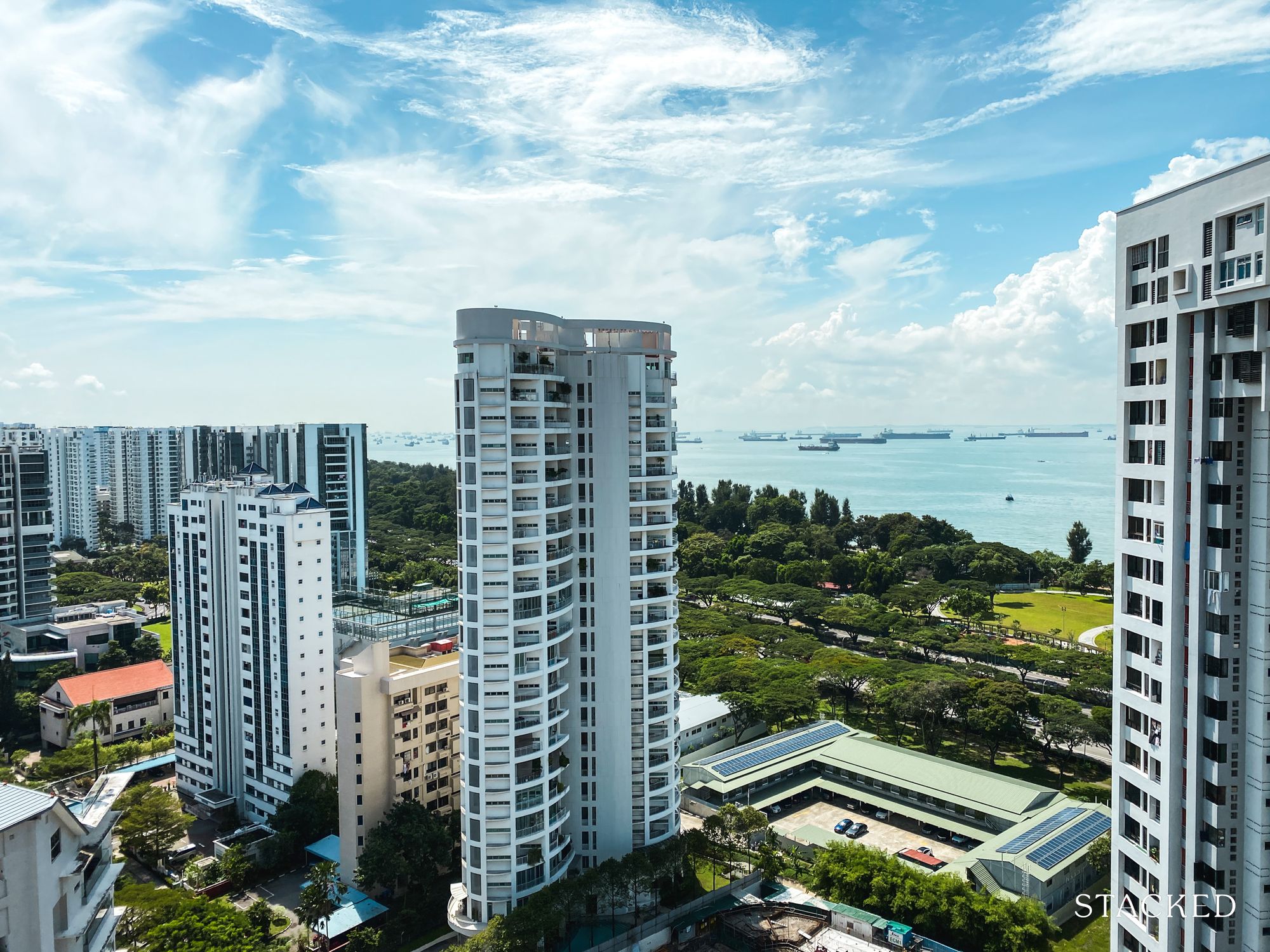
Property Advice Should We Buy An Old 99-Year Leasehold Condo To Live In: Will It’s Value Fall When The Lease Runs Out?

Property Advice We Own A $800K 1-Bedder And A $1.1M 3-Bedder: Is It Possible To Upgrade To A 4-Bedder Condo?
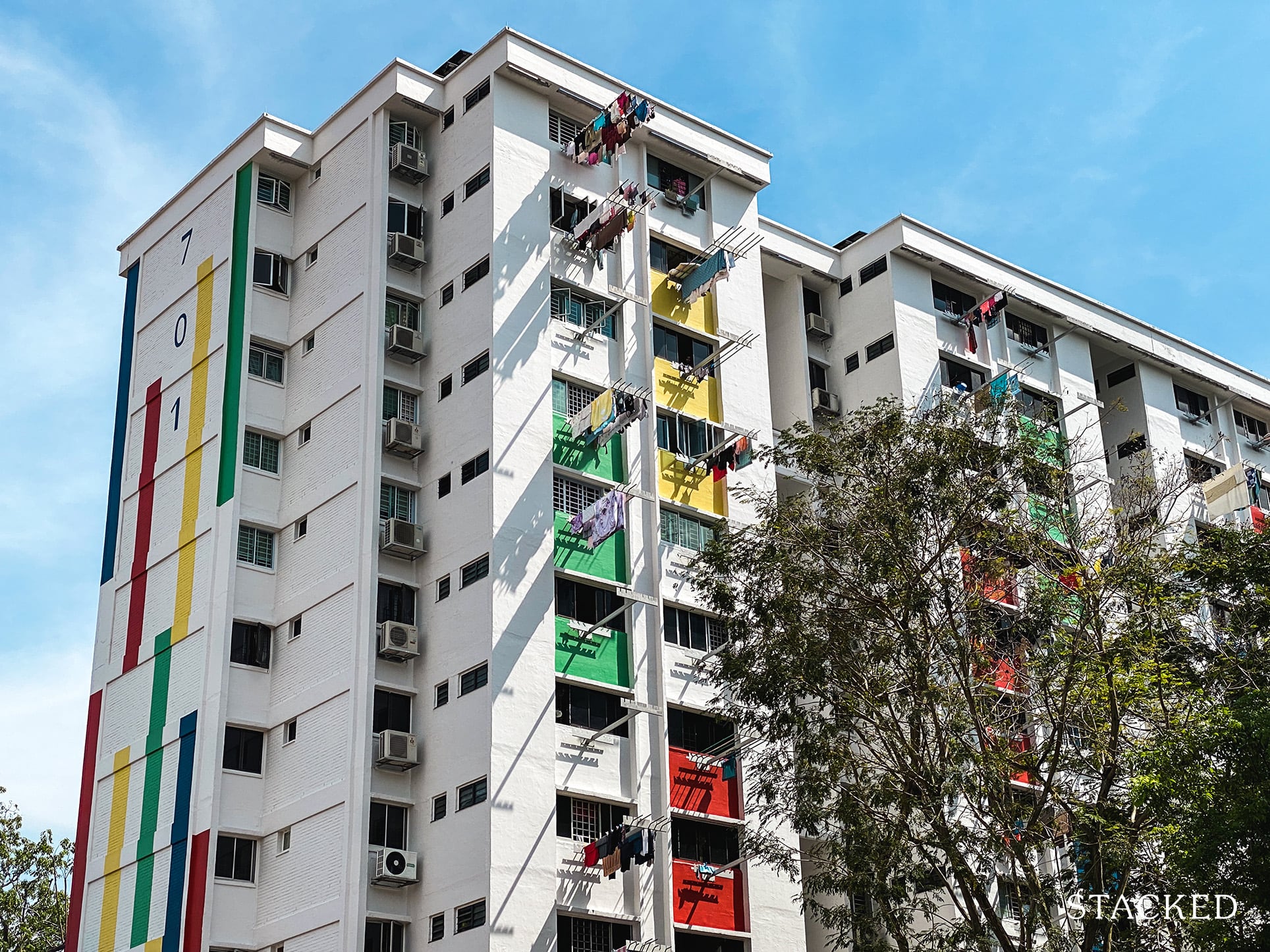
Property Advice I Own A 55-Year-Old HDB Flat, But May Have To Sell — Can I Realistically Buy A Freehold Condo With $700K?
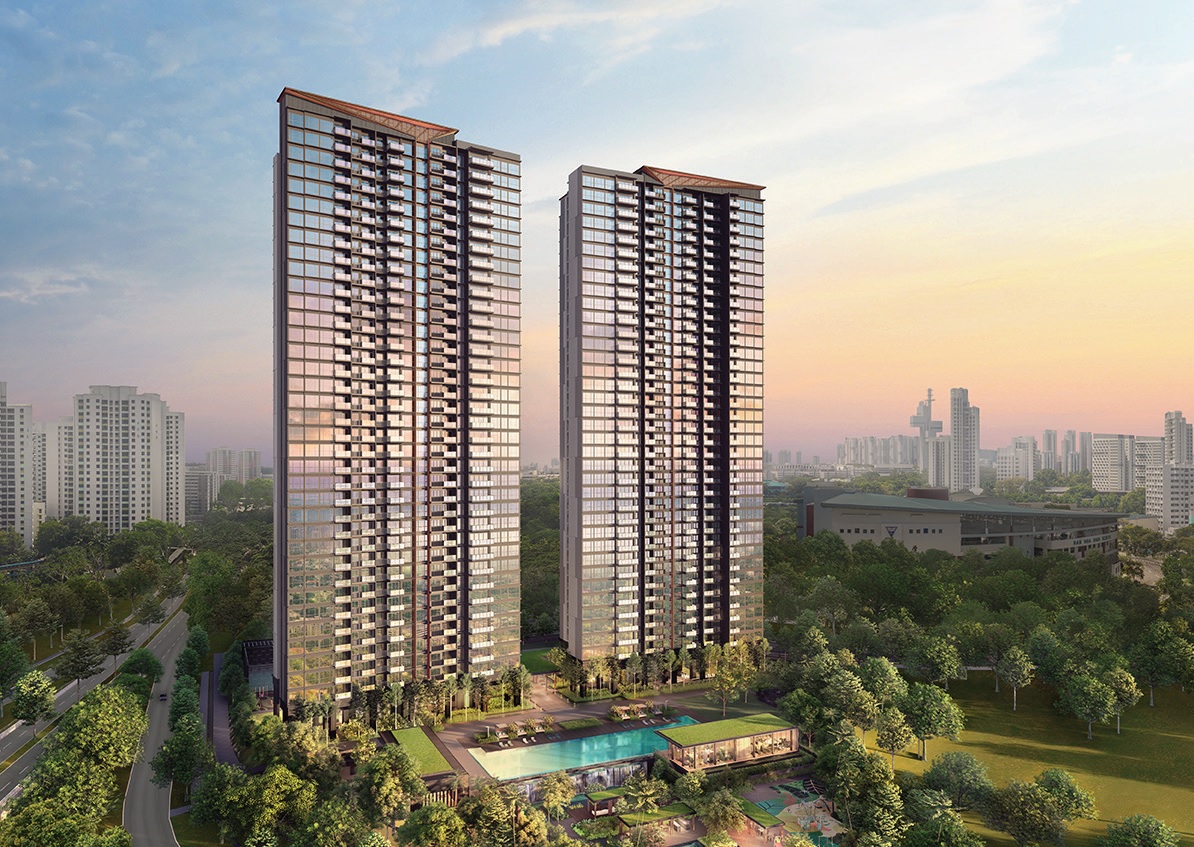
Property Advice We Own A 2-Bedder Condo In Clementi: Should We Decouple To Buy A Resale 3 Bedder Or Sell?
Latest Posts
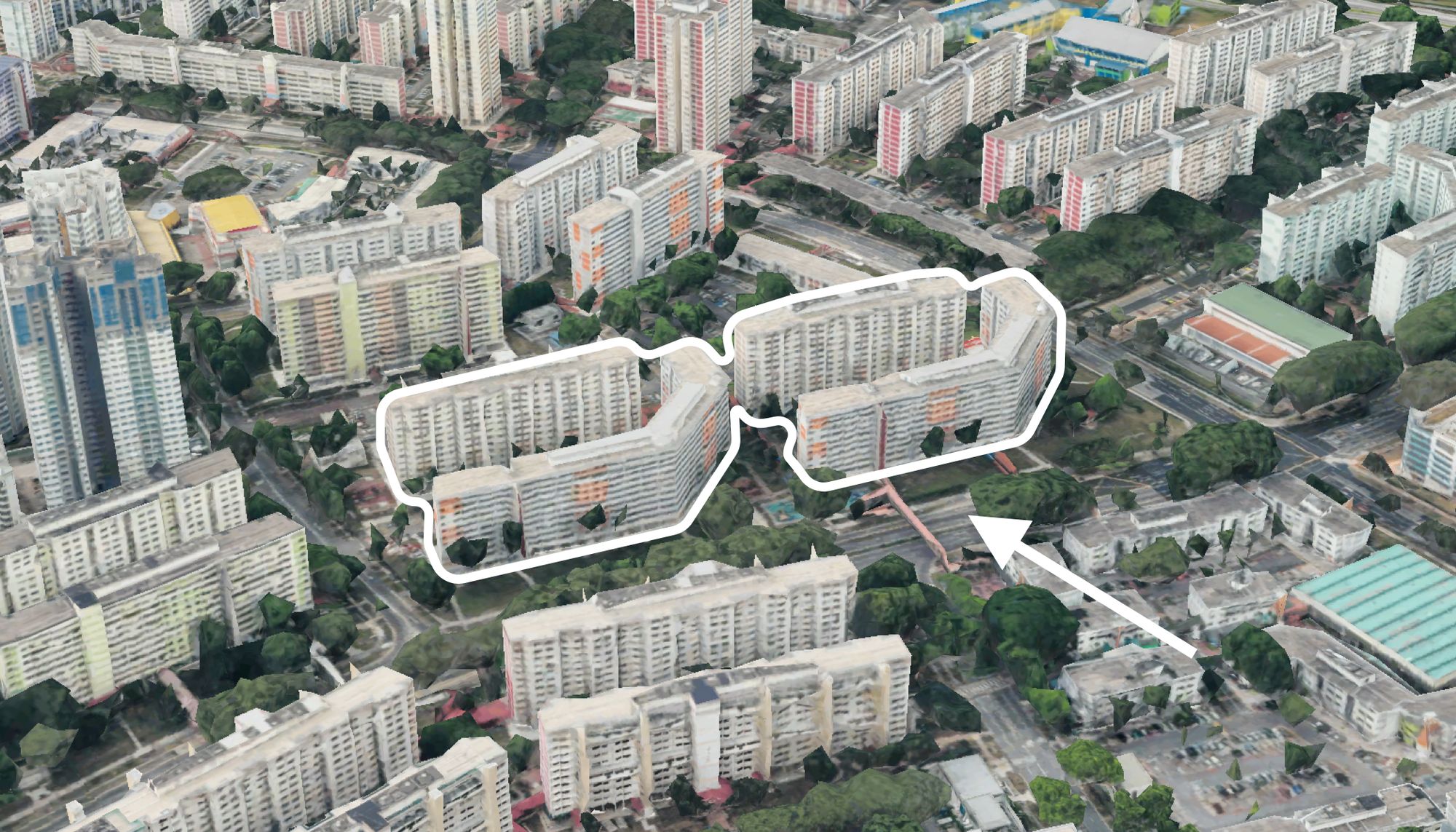
On The Market Here Are The Cheapest 4-Room HDB Flats in Central Singapore You Can Still Buy From $490K
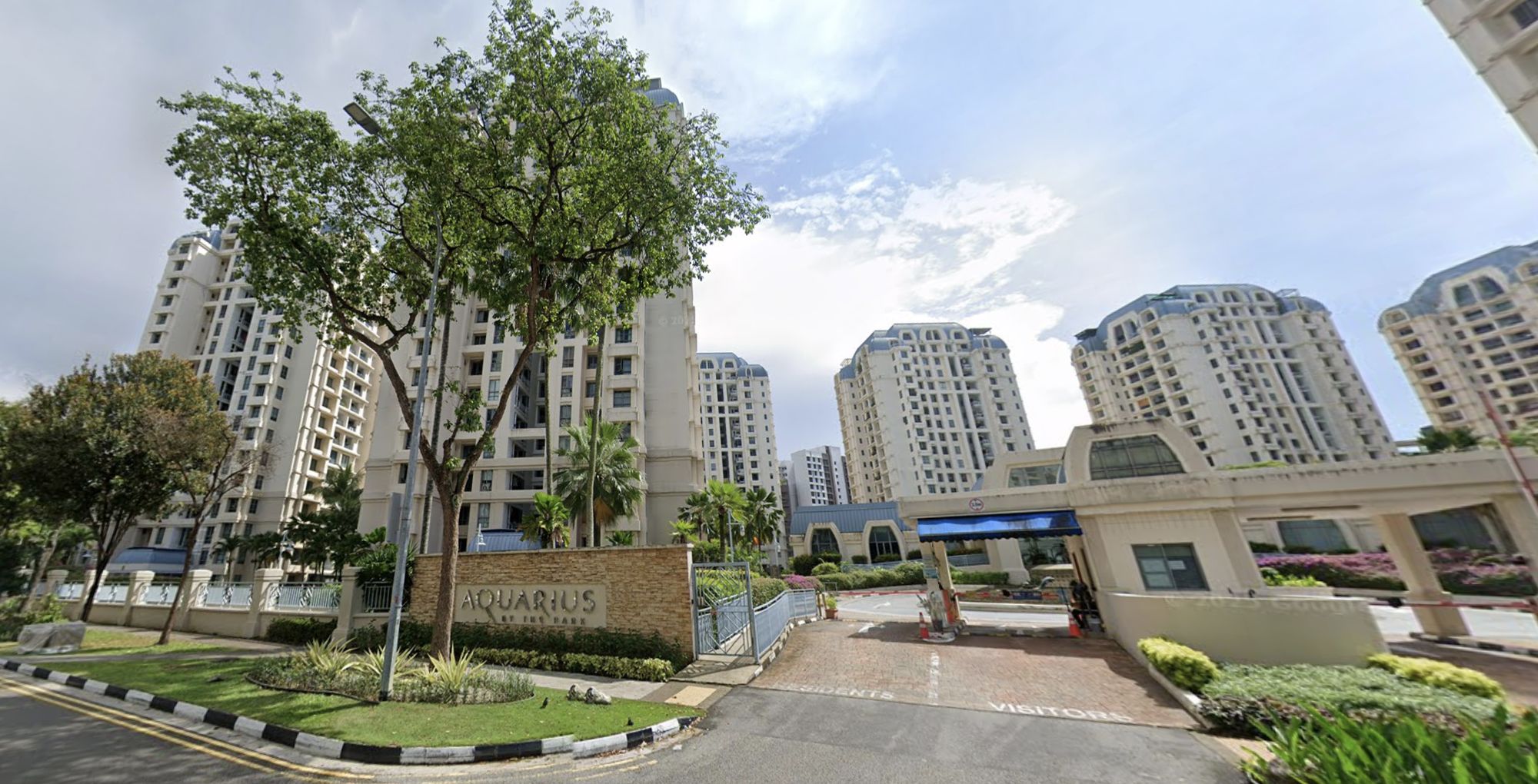
Pro How A Once “Ulu” Condo Launched In 1997 Became A Top Performer
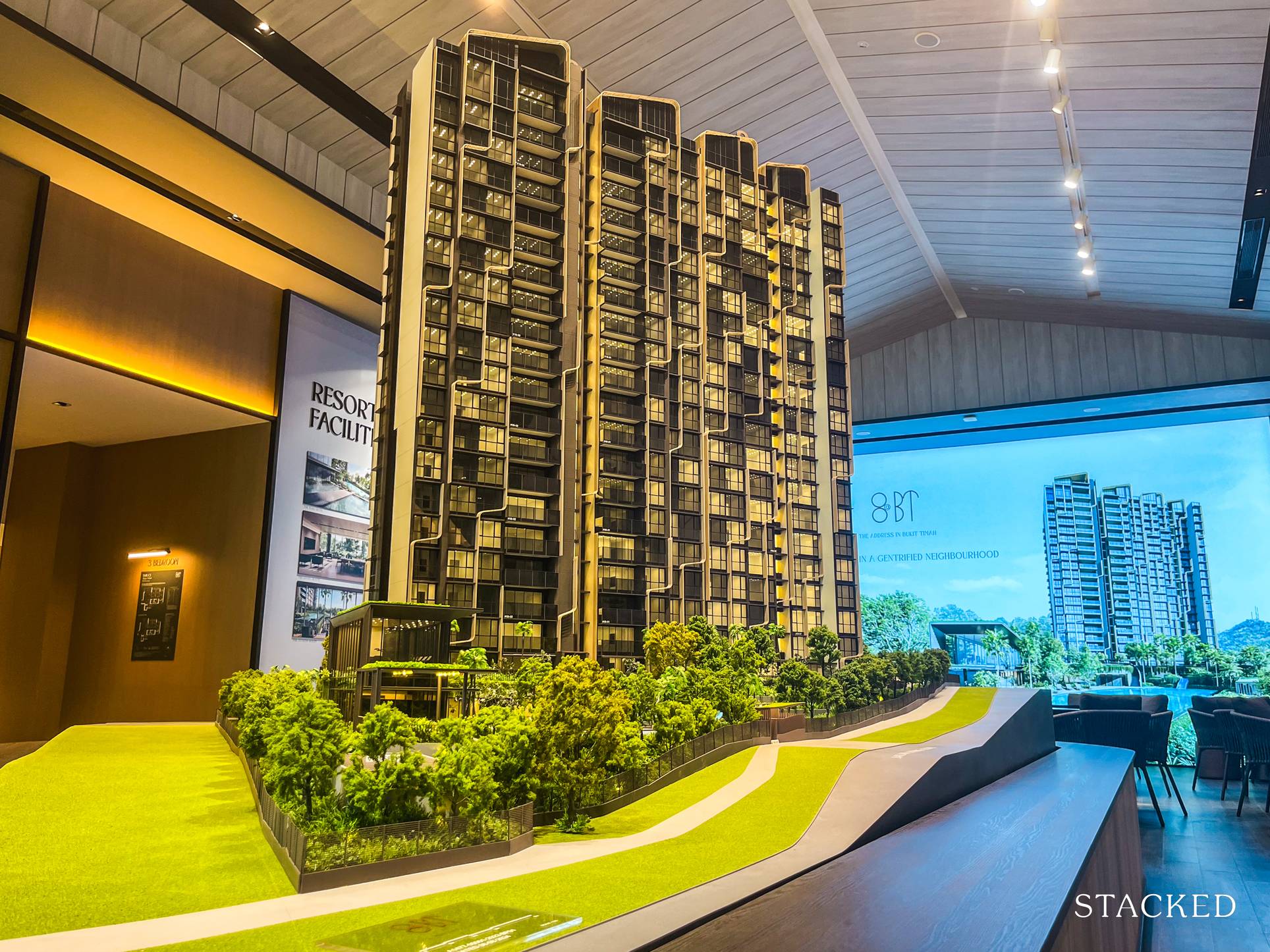
Editor's Pick I Reviewed A New Launch 4-Bedroom Penthouse At Beauty World
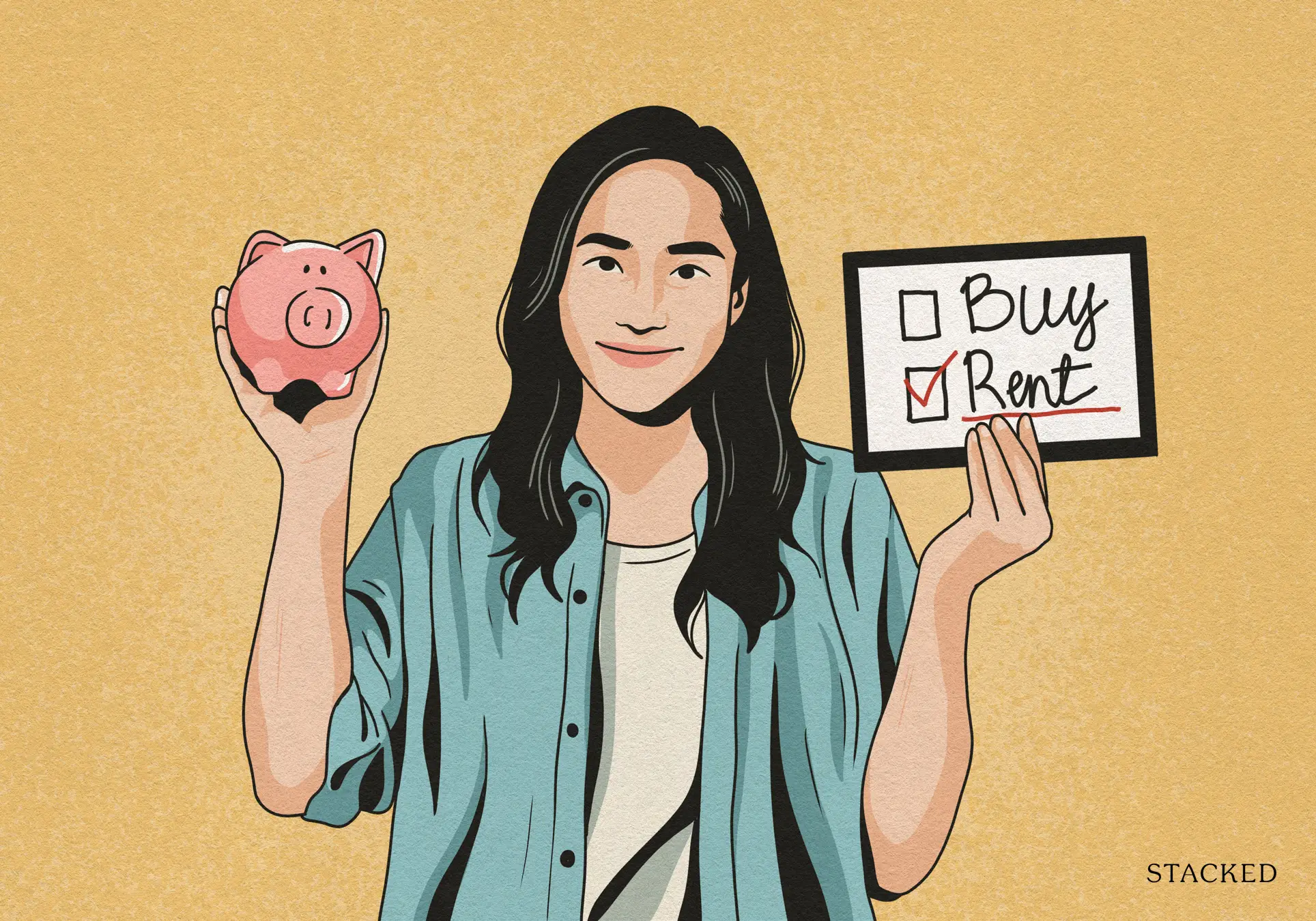
Property Market Commentary When Renting In Singapore Is The Smarter Move — And Buying Can Wait
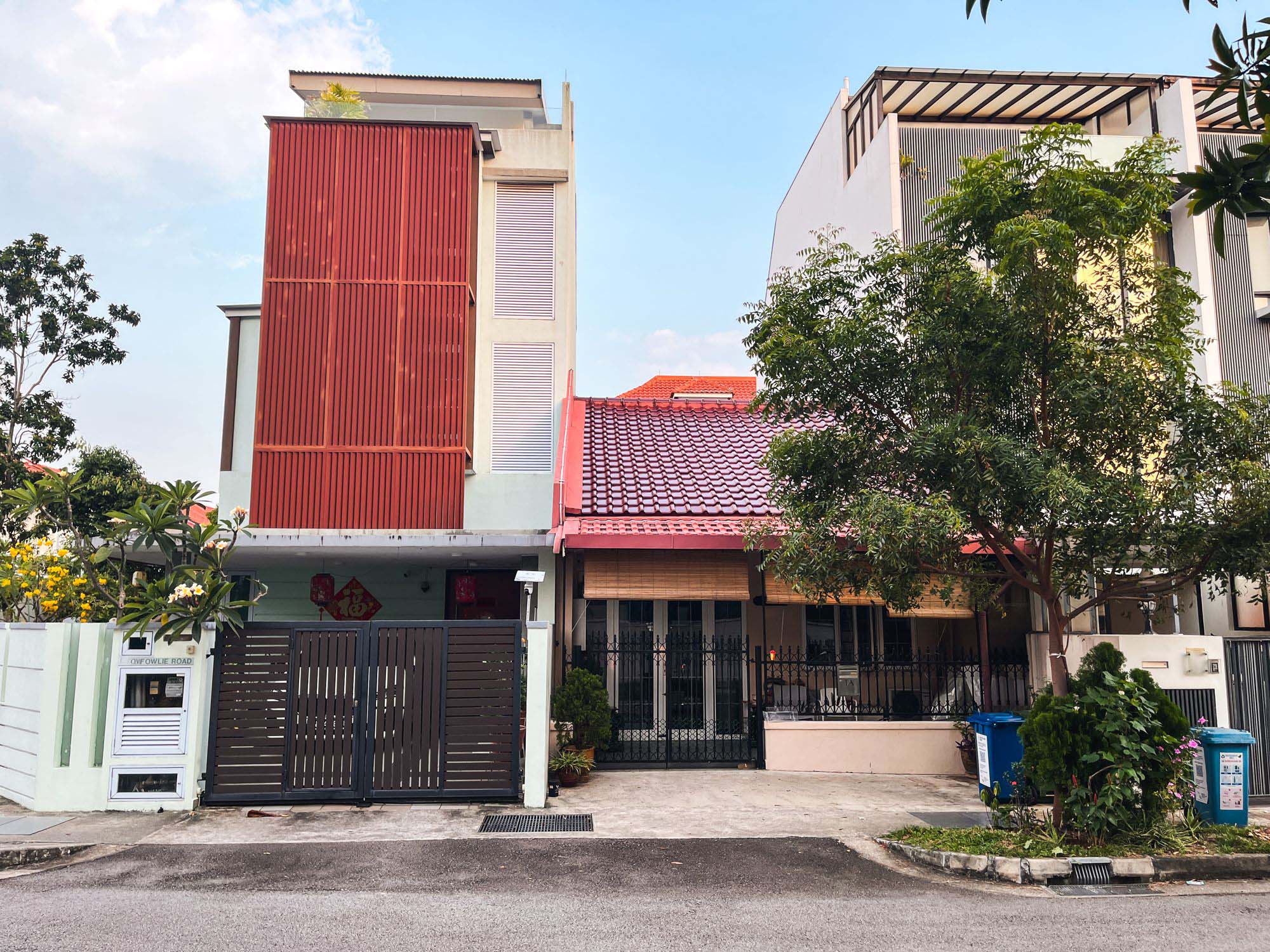
Editor's Pick Why Singaporean Families Are Looking At This Landed Enclave From Around $4M
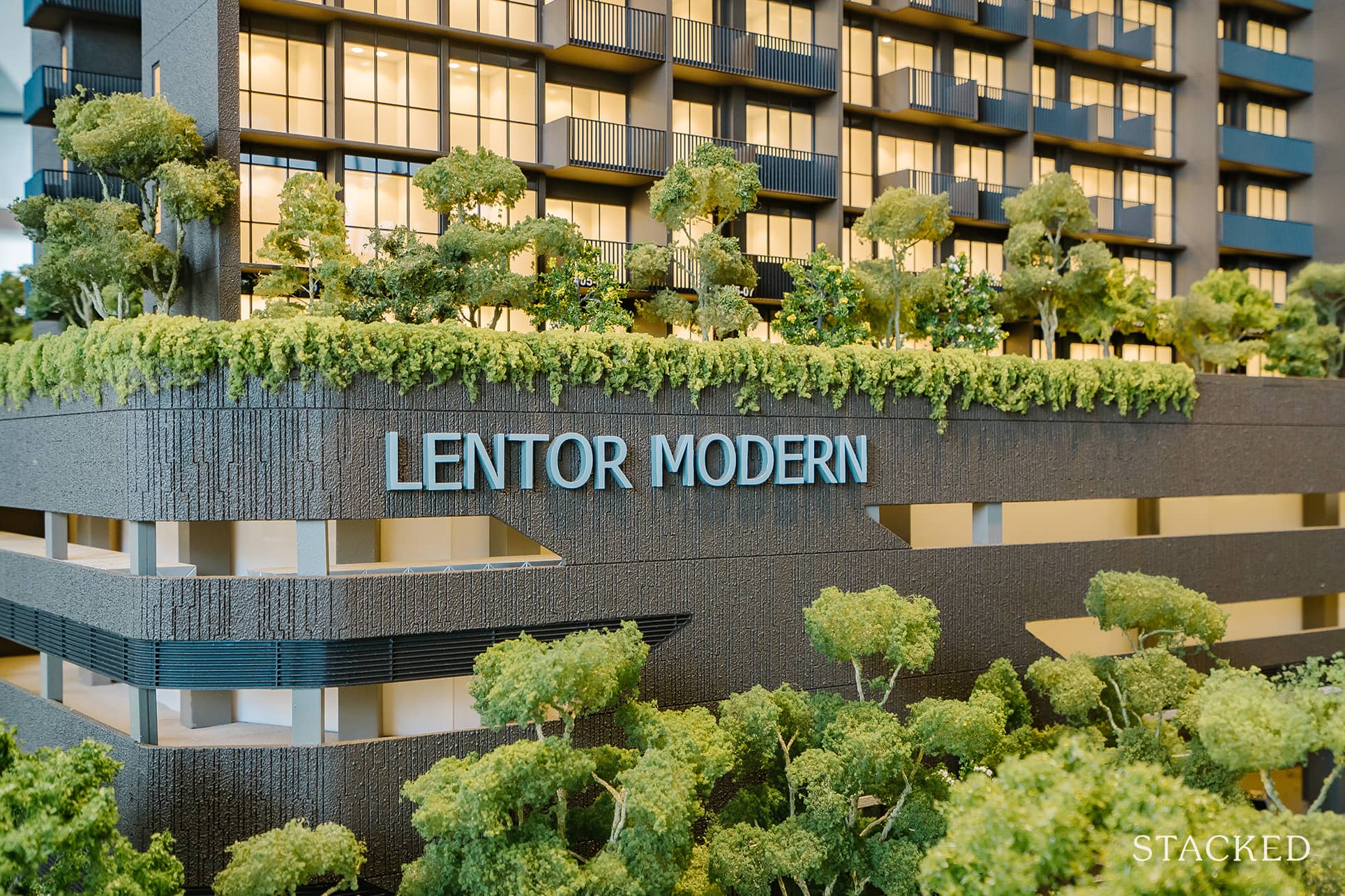
Singapore Property News Lentor’s First Condo Is Complete — The Early Profits May Surprise You
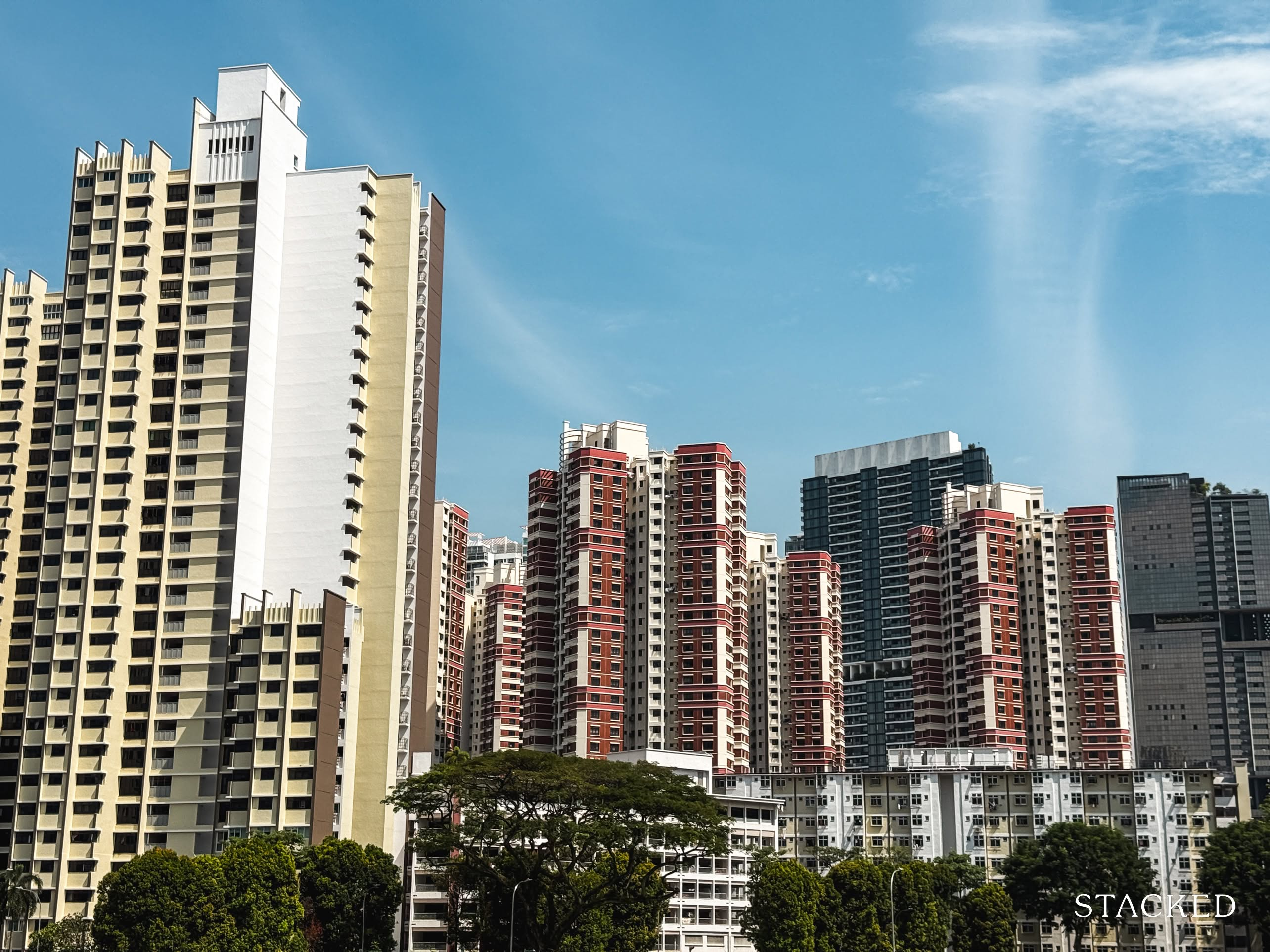
Editor's Pick A Wave Of New HDB Resale Supply Is Coming In 2026: Here’s Where To Find Them
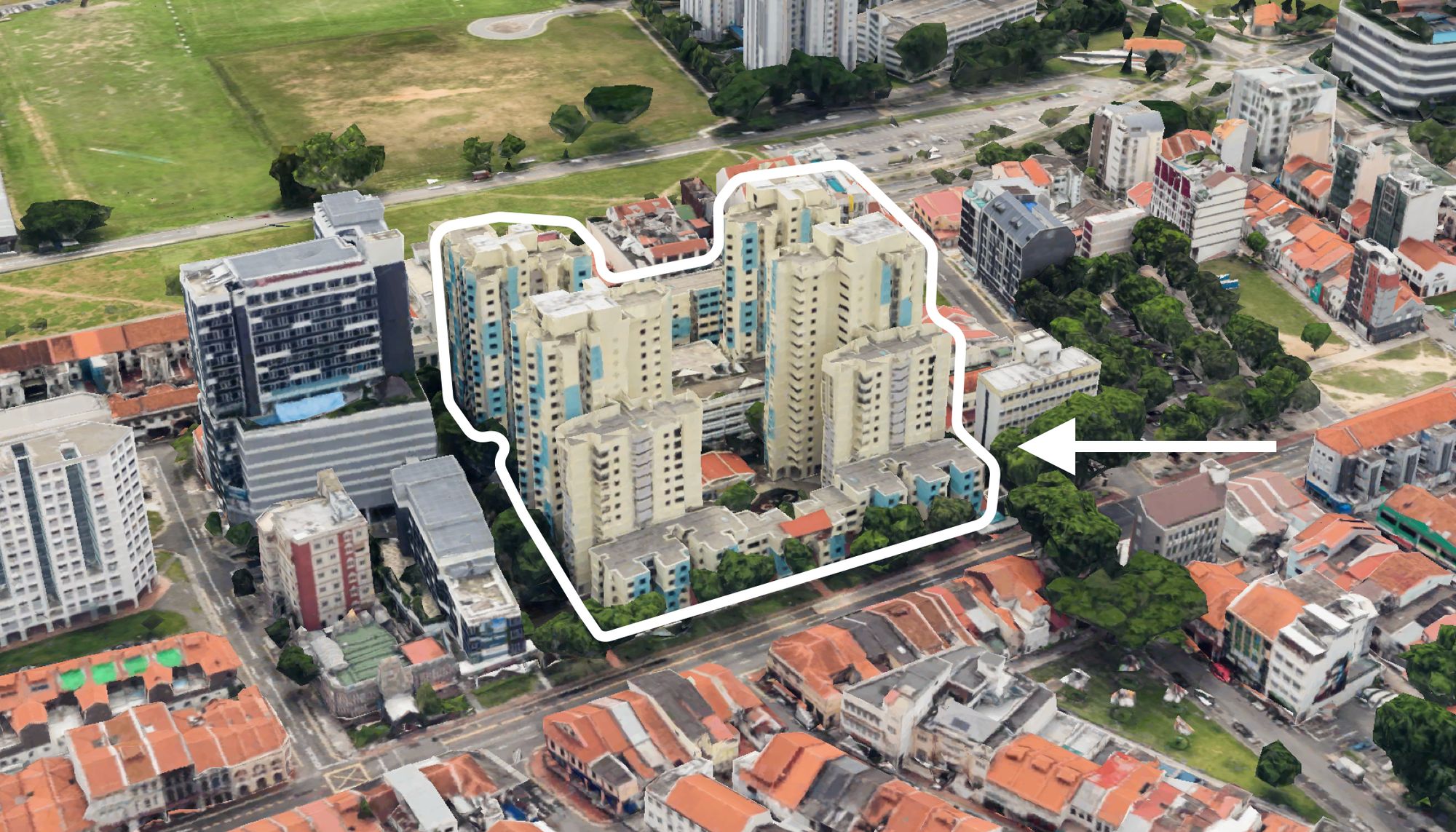
On The Market These Are Some Of The Cheapest 5-Room HDB Flats Left In Central Singapore
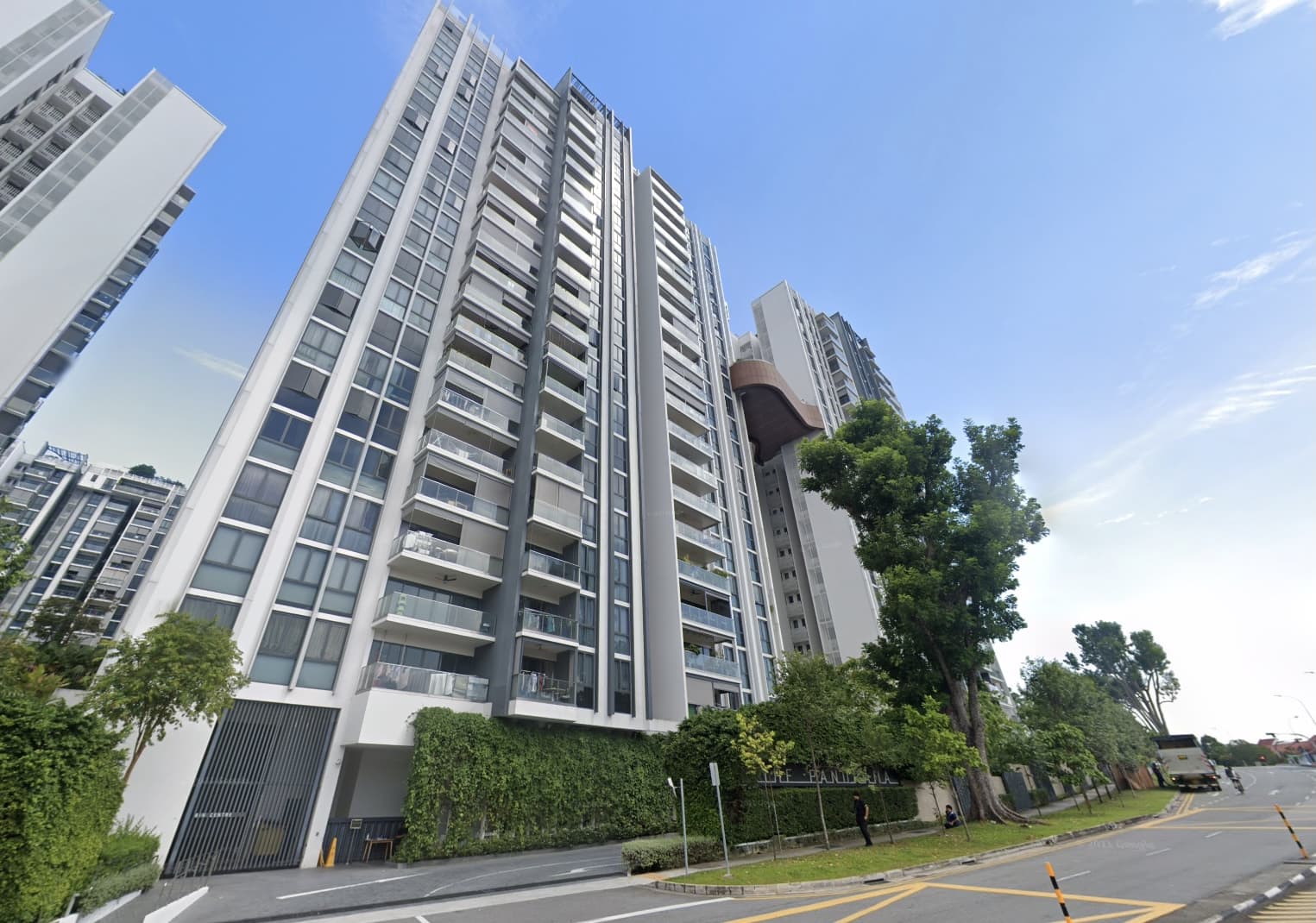
Pro This 698-Unit Ang Mo Kio Condo Launched At The Wrong Time — And Still Outperformed Peers

Singapore Property News $281.2M in Singapore Shophouse Deals in 2H2025 — But That Number Doesn’t Tell the Full Story
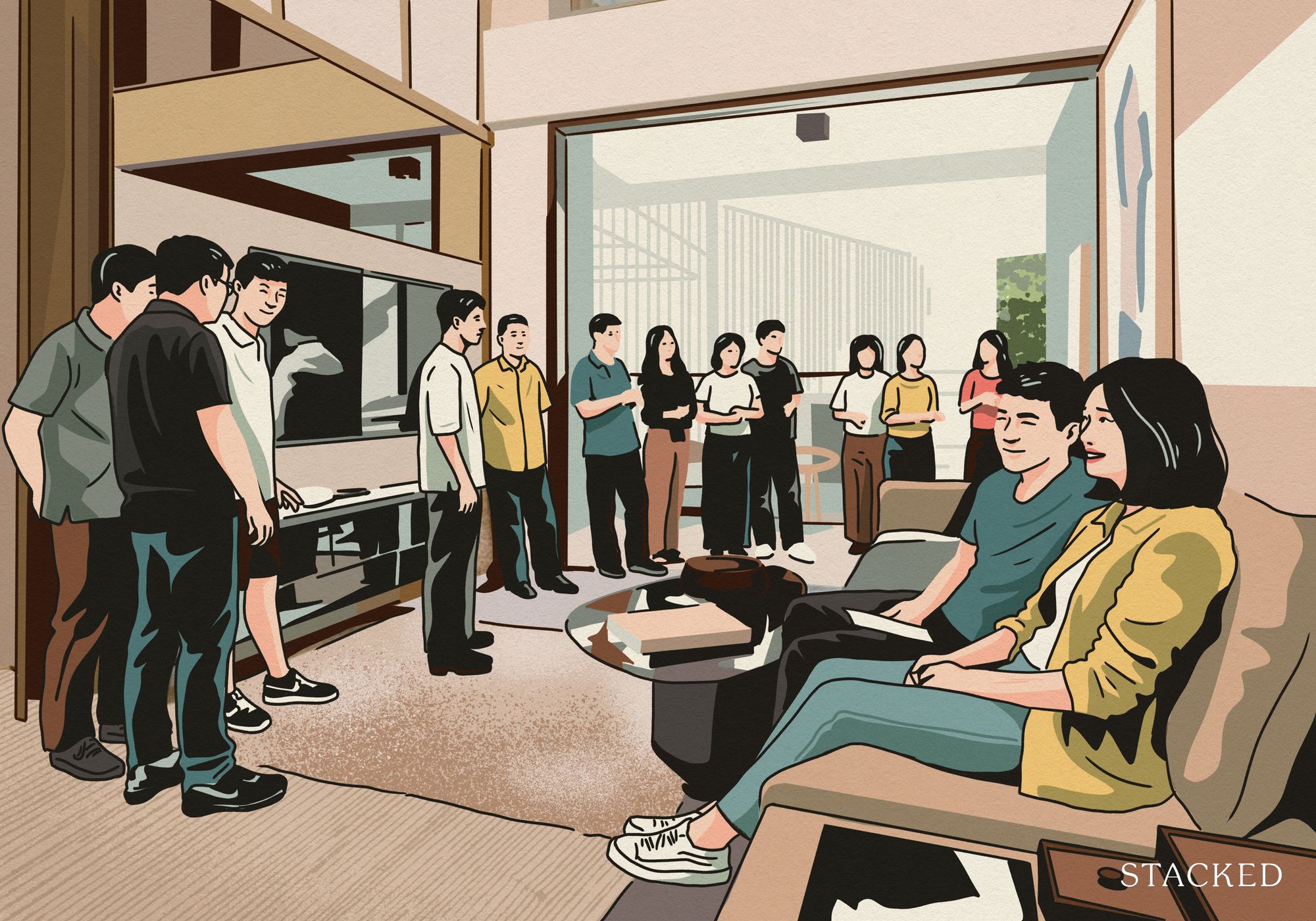
Property Market Commentary 5 Key Features Buyers Should Expect in 2026 New Launch Condos
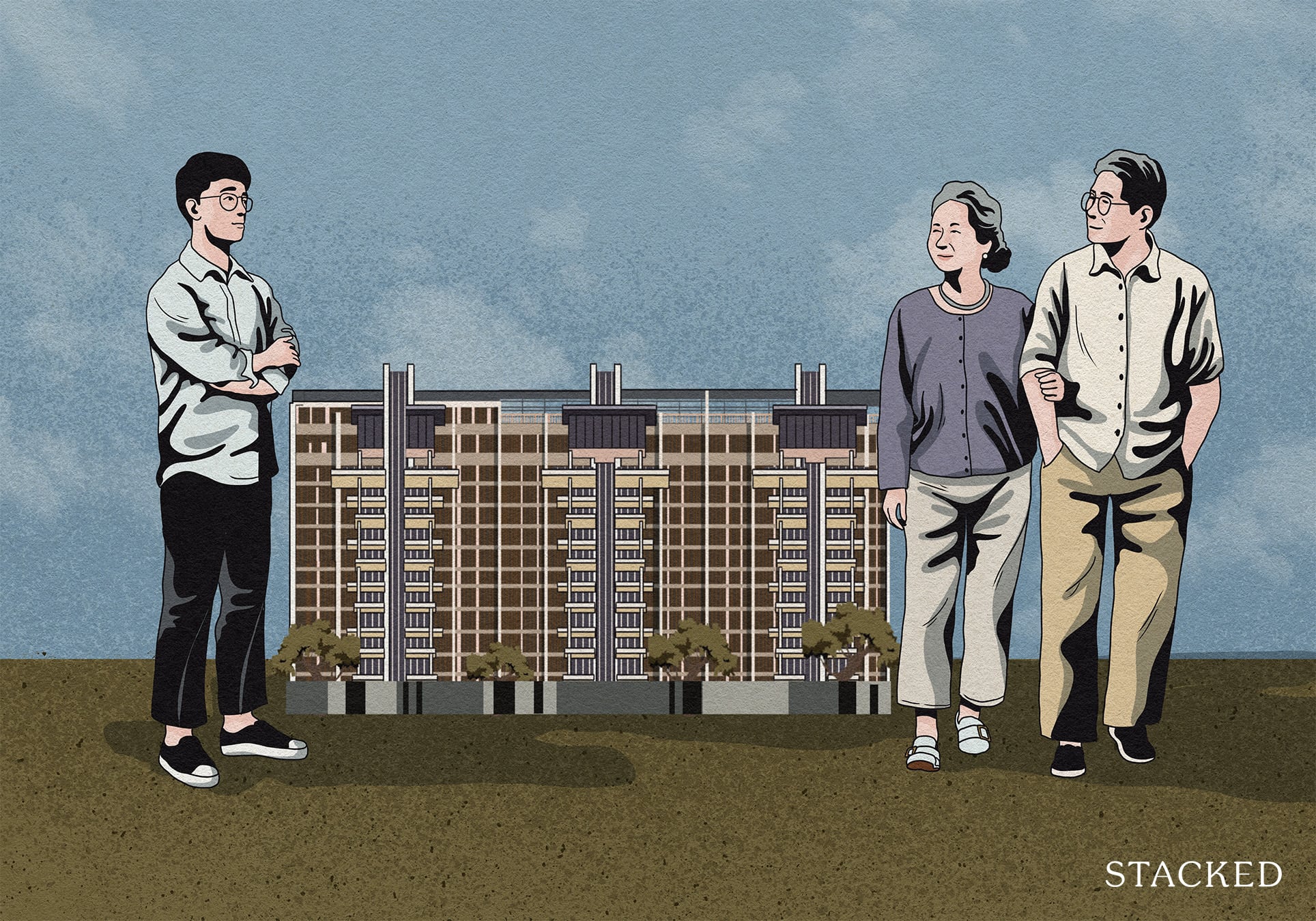
Editor's Pick What “Lucky” Singaporean Homebuyers Used To Get Away With — That You Can’t Today
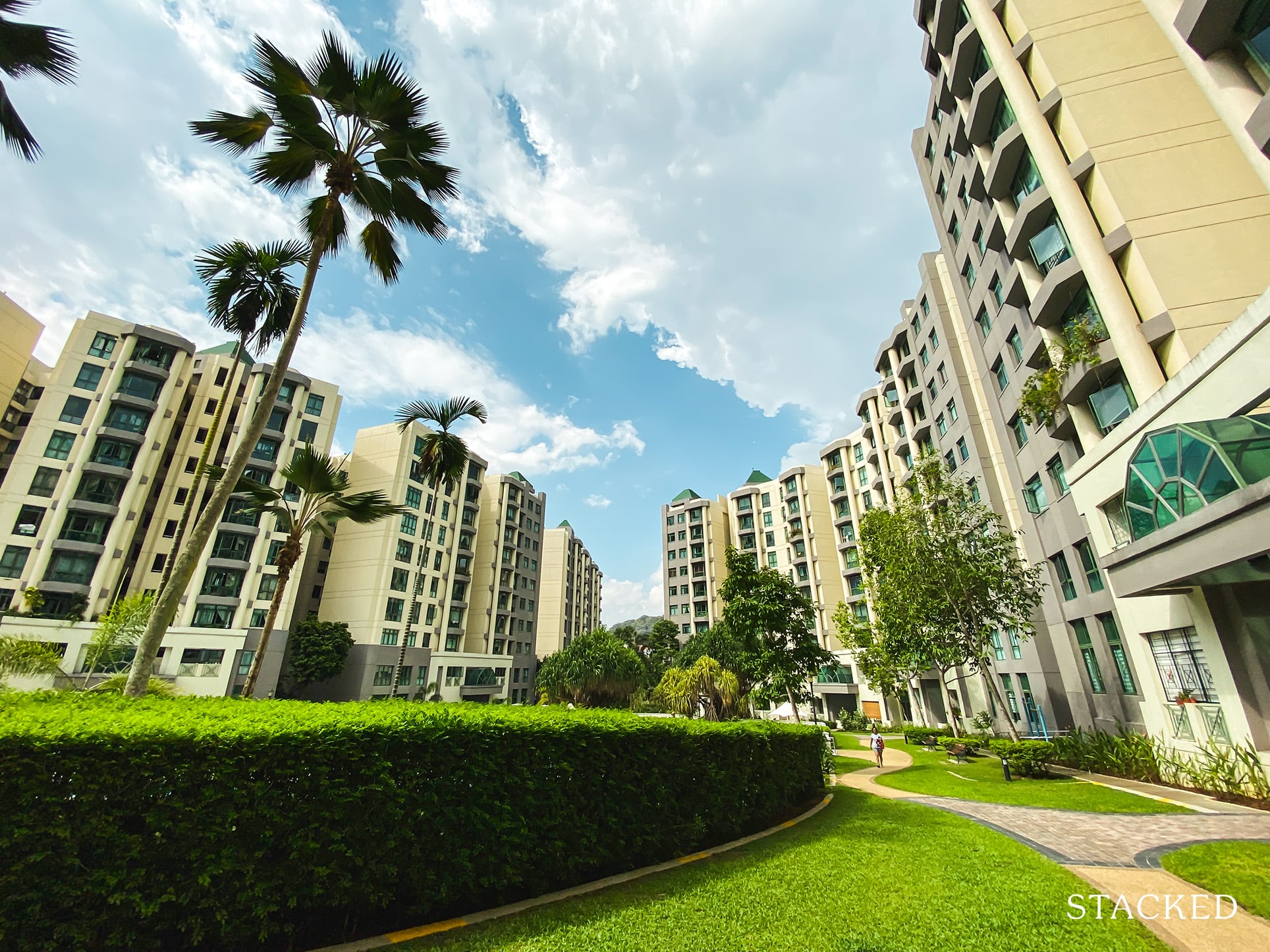
Property Investment Insights These Resale Condos In Singapore Were The Top Performers In 2025 — And Not All Were Obvious Winners

Singapore Property News CapitaLand–UOL’s $1.5 Billion Hougang Central Bid May Put Future Prices Above $2,500 PSF
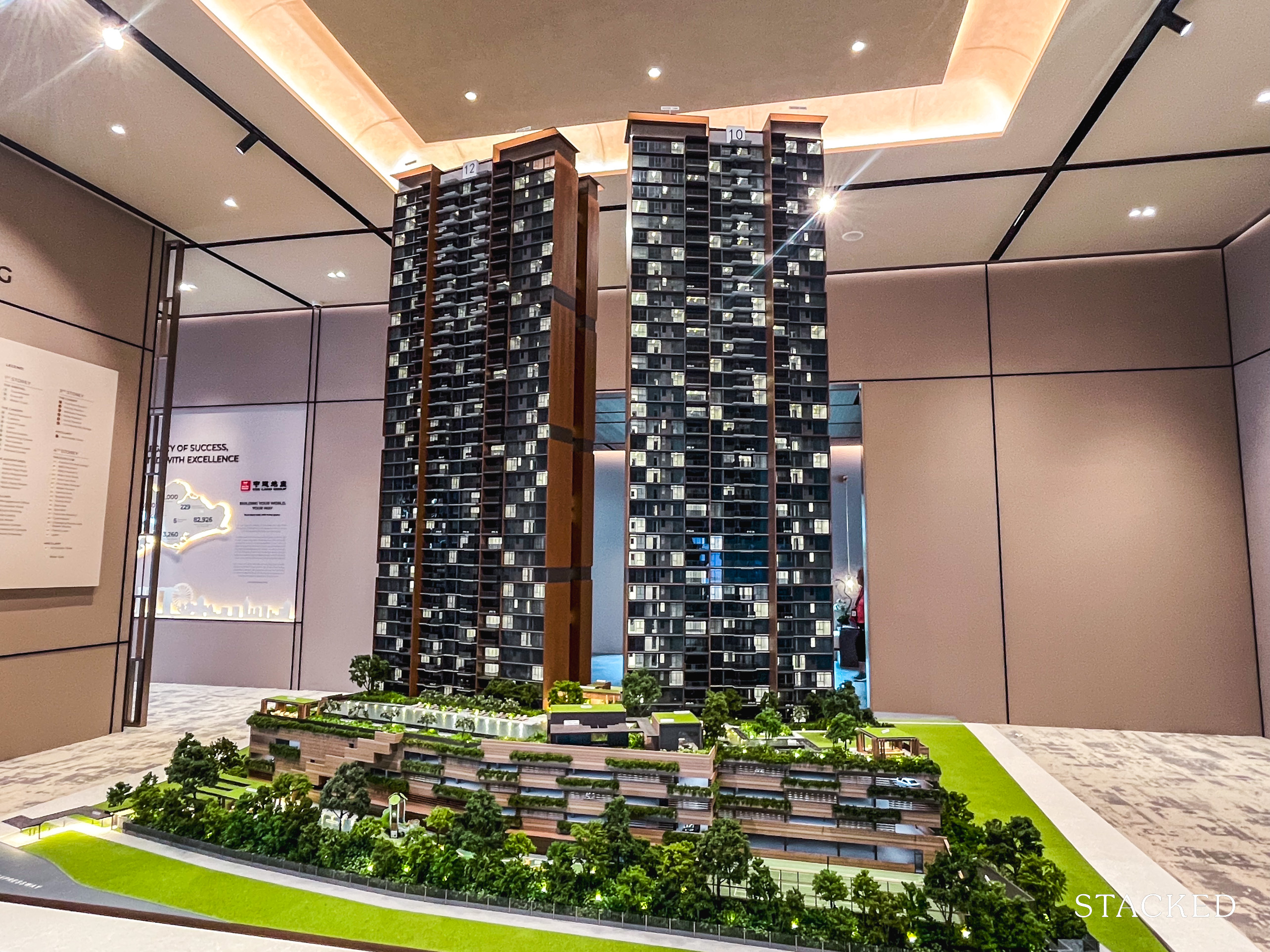
Singapore Property News Why New Condo Sales Fell 87% In November (And Why It’s Not a Red Flag)


